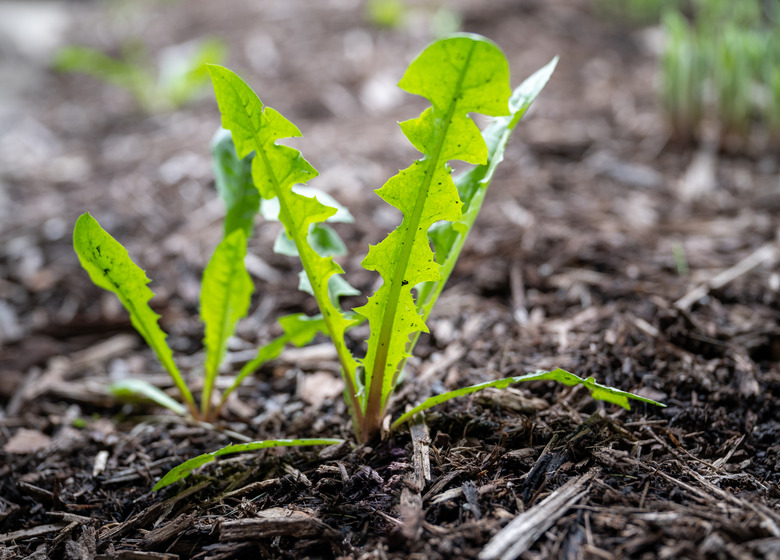How To Use Borax To Kill Weeds
Even if you carefully plan the layout of your landscape, the weeds that crop up can quickly make it look wild and neglected. Even worse, if left to their own devices, some weeds can quickly spread and outcompete other plants. There are various methods for killing weeds, but the main problem you need to consider is how to deal with weeds without causing damage to your grass and other cultivated plants. You can use borax as a weed killer, but you must follow careful guidelines for efficacy and safety.
What Is Borax?
Borax (also known as sodium borate) is a white powder that can be used for various types of cleaning. Because it's a naturally occurring mineral, you might expect it to be a more eco-friendly option than some other home-cleaning and laundry products. Borax can also be used to kill weeds.
In spite of being natural, though, borax is not totally safe to use freely. It can cause skin irritation if used improperly, and it is dangerous when ingested. It can also cause long-lasting damage to your plants and garden if it is used improperly.
How Borax Kills Weeds
Borax is extremely alkaline, with a pH of around 9.5. This is how it kills weeds with which it comes in contact, as most plants prefer a soil pH between 6 and 7. The problem is that borax does not discriminate — it can cause damage to any plant it touches. This means that if you apply borax to weeds that are close to desirable plants in your yard, you may end up destroying them too.
Another issue with using borax to kill weeds is that the boron it contains does not dissipate like conventional weed killers do. Repeated or overly concentrated applications can leave large areas of your garden totally barren for extended periods. It can also make it difficult to establish or re-establish turfgrass. By killing weeds, you'll also be killing other vegetation in the landscape, which is slow to recover. However, you can use borax to kill weeds as long as you follow proper precautions.
How to Use Borax Safely
It's a good idea to wear goggles and gloves when handling borax to avoid eye and skin contact. The Old Farmer's Almanac recommends mixing 1/2 cup borax with 1 gallon of water and then spraying the mixture on the leaves of weeds you want to dispatch. The University of Iowa suggests a mixture of 10 ounces of borax dissolved in 4 ounces of warm water and then diluted in 2 1/2 gallons of water. Borax is particularly effective at killing creeping Charlie, also known as ground ivy (Glechoma hederacea), on bluegrass (Poa pretensis).
If you have areas on your property where you don't want any vegetation to grow, you can apply borax more freely. Cracks in the driveway or between paving stones are a good example. Simply sprinkle borax into the cracks and sweep to remove any excess. Just be mindful that the borax will find itself (through rainwater or irrigation) out of the cracks and onto your lawn or flower garden.
Borax can be dangerous if ingested, so be extra careful when using it as a weed killer if you have any young children or pets. You should never apply borax as a weed killer near any garden areas where you grow food. Remember to be cautious with borax applications in general because overapplication can cause bare patches in your lawn or garden.
References
- The Old Farmer's Almanac: Homemade Herbicides: 5 Natural Ways to Weed
- University of Illinois College of Agricultural, Consumer & Environmental Sciences: Homemade Herbicide Considerations
- The Dial Corporation: 20 Mule Team® Borax Natural Laundry Booster Material Safety Data Sheet
- Iowa State University Horticulture Extension: Borax on Ground Ivy: Boon or Bane?
